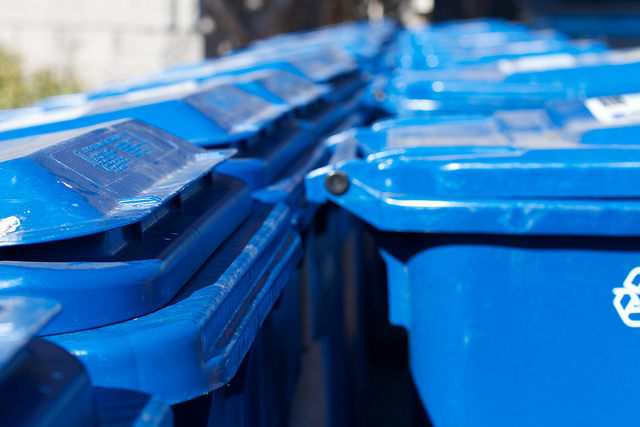
Steve Owens, the Corporate Sustainability and Environmental Management lead within PHE, explores the benefits of publicly mapping out how your organisation plans to think more sustainably.
PHE has a sustainable development management plan- but what exactly does that mean?
A Sustainable Development Management Plan (SDMP) details the practical methods that an organisation can, and should, adopt to embed sustainable development into its everyday functions. It should also give detailed information on how to reduce carbon emissions.
PHE developed its SDMP in 2013. Before that we had two similar documents- a Sustainable Development Action Plan and a Carbon Reduction Management Plan; these have now been combined into this one overarching document. But we knew that we could be very much more explicit, which is why we spent more than six months developing our plan and ensuring it set us the kind of sustainability goals that we wanted to hit.
Why does PHE need a sustainable development management plan?
PHE recognises that the world’s climate is changing. Sea levels are rising, infections are expanding into regions not known before and extreme weather events are occurring more frequently. Knowing this we wanted to adopt an approach that helps us, as individuals and as an organisation, to play our part in trying to mitigate against these impacts on the environment and society in general.
Within PHE we use our SDMP as a means of meeting our ongoing commitments to the sustainability agenda, right across the health, public health and social care system. The SDMP informs our approaches, causes us to evaluate the environmental impacts of a number of our actions and to integrate sustainable thinking into every aspect of what we do.
The leadership of PHE has placed such weight on our SDMP that it has been embedded as a metric requirement for sustainable development, in the Public Health Outcomes Framework.
What should an SDMP have in it?
An SDMP should spell out what you want your stakeholders to know you’re committing to and how you intend to hit those sustainable development objectives and targets.
It will detail not only the carbon side of environmental sustainability but also how the organisation will introduce and deliver the social side of sustainability, through various health and wellbeing programmes, such as active travel, healthy lifestyle advice and mental wellbeing.
Writing an SDMP should not be undertaken in isolation, but if possible should have input from colleagues from across an organisation. Many aspects of the SDMP will have a direct impact, not only on individual staff members, but will also help meet the department and government’s sustainability objectives and targets. Essentially, the more help that can be garnered the likelier it is that you will produce a document that is practical and workable. Reviewing the plan on an annual basis, or if there has been a major change in the organisation, will ensure that the plan is up to date and fresh to its readers.
What does a sustainable development management plan do for staff?
An SDMP is primarily aimed at an organisation. It’s about challenging organisational thinking and embedding sustainable practices as best we can. But as much as an SDMP provides guidance to how an organisation conducts itself it’s worth remembering that we all have a part to play in combating the challenges climate change poses.
Our hope is that when our staff are aware of our SDMP they may realise just how important it is to take personal action on climate change. Whether that’s considering switching energy provider to one that uses renewable power sources, using the car less and walking or cycling more, or trying to eat a more sustainable diet there are lots of things we can do individually to make a difference.
Should my organisation have one?
The simple answer is yes. If your organisation has an SDMP it shows that it is thinking about how it can conduct itself in a sustainable manner and that it is doing so. The world has changed in the past few years such that politicians, the public and business, now expect organisations, whether public or private sector, to act in a responsible manner. Publication of an SDMP demonstrates your organisation’s commitment to sustainability and has the potential to inspire others who interact with you to consider one of their own. We know this because since publishing ours we have been approached a number of times by organisations who want assistance in framing their own.
Remember we can all make changes to our lives and how we live, to collectively mitigate or adapt to the effects of climate change. Organisations can also play a significant part in this story too, by encouraging sustainable thinking amongst staff and by ensuring they are doing what they can to minimise environmental impacts- that’s why an SDMP is so important.
Delivery of an SDMP will, in many cases, require top level management commitment to ensure that sufficient resources, capability and funding are available. The SDMP should be cascaded across the organisation integrating it into corporate and local business plans where appropriate and communicating it to all staff and interested stakeholders.
Image: Alan Levine
